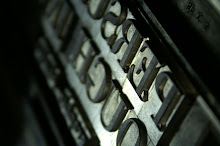
Ink on the lino
After months of preparation and working with the linocuts to get them to a printable state, it was very exciting to see them burst into life when a layer of ink was rolled across their surface. It suddenly became clear to me just how detailed and intricate the designs were, and the hours and days and weeks that must have gone into the skilled construction of such objects.

The first pull of proofs
Once every inked surface of the linocuts had been impressed upon a sheet of paper, it was time to hang the proofs up on the walls of the press, take a step back and admire each and every last little detail. For me, it was the first time I had viewed the printed outcome of each lino, and after hours and hours of staring at their un-inked surfaces, it was amazing to see the printed outcome.



